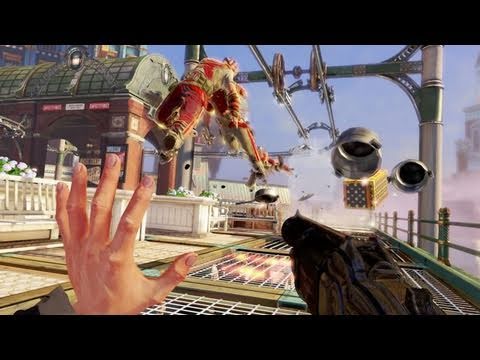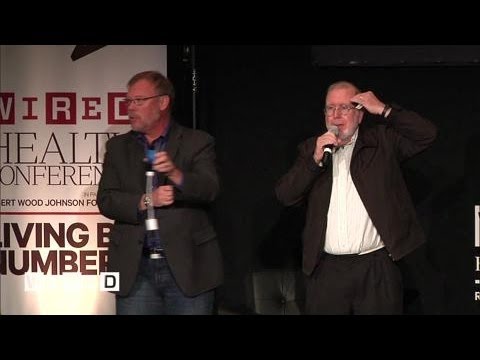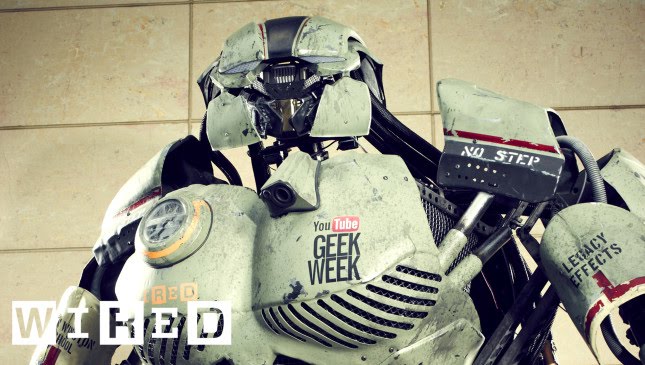The Planets of Science Fiction: Real-Life Analogues
Summary
In this article, we explore the real-life analogues of some of the most iconic planets from science fiction. From the icy world of Hoth in Star Wars to the double planet system of Romulus and Remus in Star Trek, we look at how these fictional planets compare to real planets and moons in our own solar system.
Table of Contents
- Enceladus: The Real-Life Hoth
- Pluto and Charon: A Double Planet System
- Exoplanets: The Real-Life LV-426
- Epsilon Eridani: A System with an Asteroid Belt
- Working in Thematically Appropriate References
Enceladus: The Real-Life Hoth
When we think of Hoth, the icy planet from Star Wars, one real-life analogue that comes to mind is Enceladus, a moon of Saturn. Enceladus is a pristine, white, icy ball with geysers of ice that spray out into space. While Enceladus is less hospitable than Hoth, it is a good example of an icy world.
Pluto and Charon: A Double Planet System
In Star Trek, the homeworld of the Romulans is a double planet system, Romulus and Remus. This may seem like science fiction, but in our own solar system, we have a similar system with Pluto and its moon Charon. The two objects orbit around a mutual point in space, making it a dual planet system.
Exoplanets: The Real-Life LV-426
The planet LV-426 from the movie Alien is a hostile environment, much like many exoplanets that we have discovered. Exoplanets are often rocky and terrestrial with very little chance of being habitable. While it may be disappointing to not find a habitable planet, it is important for us to understand the diversity of planets in our universe.
Epsilon Eridani: A System with an Asteroid Belt
Recently, evidence of an asteroid belt was found in the system Epsilon Eridani. As a fan of Babylon 5, it was exciting to work in a thematically appropriate reference to the system. The system may not have planets like in the show, but it is still an interesting discovery.
Working in Thematically Appropriate References
As a visual effects artist for NASA, it is fun to work in thematically appropriate references into pieces of art. While it may not be noticeable to everyone, it is a small way to show appreciation for science fiction and the inspiration it has provided.
Conclusion
Science fiction has inspired us to imagine and explore worlds beyond our own. While some of these worlds may seem impossible, there are real-life analogues that can be just as fascinating. From icy moons to double planet systems, our universe is full of wonders that continue to inspire us.






